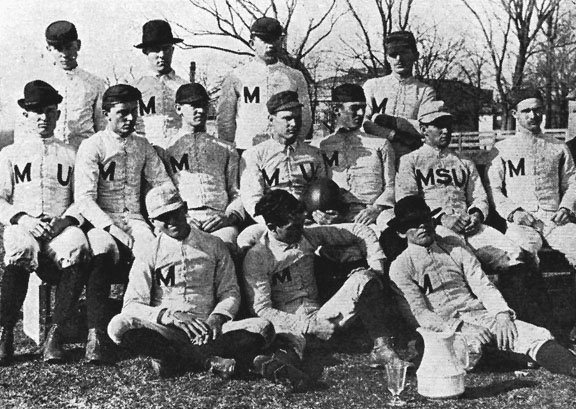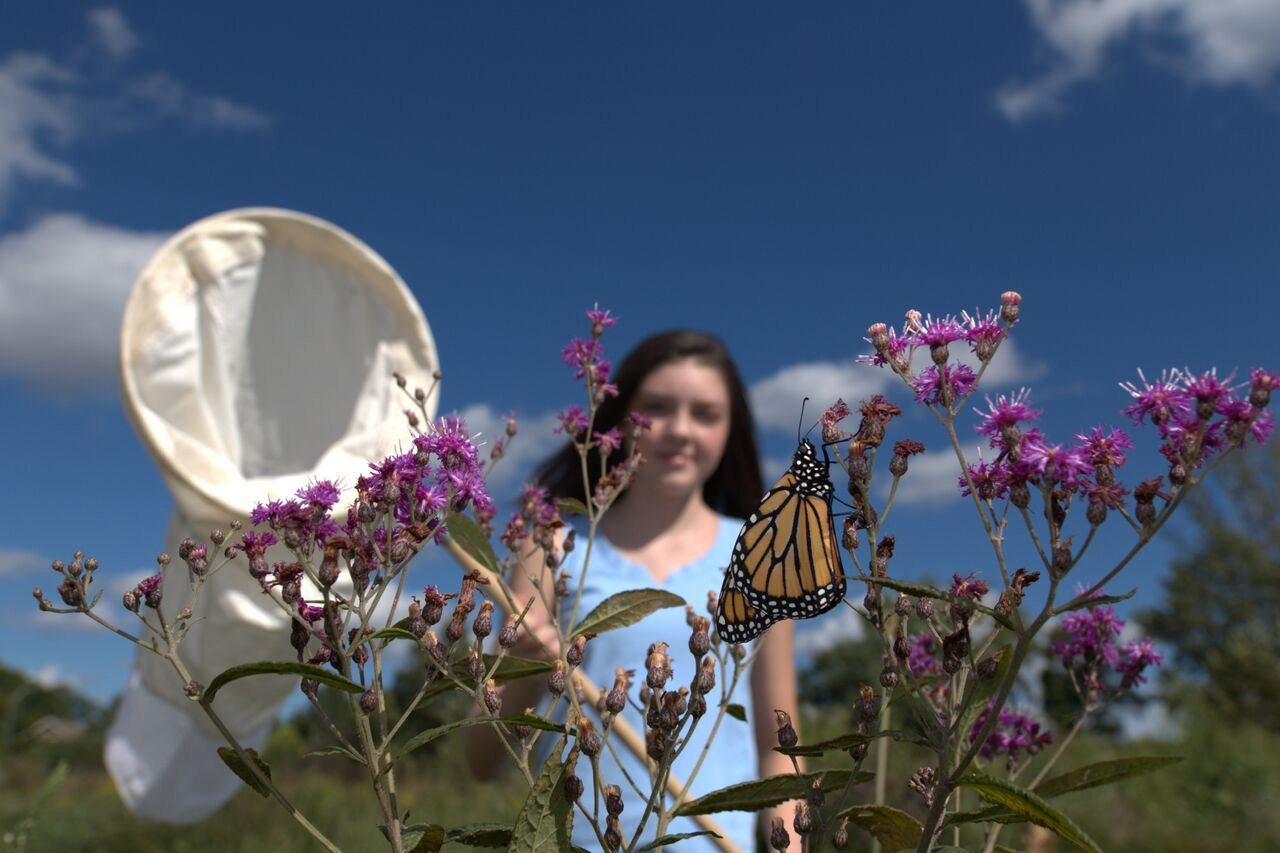Plant Milkweed at Home
Officials estimate 1.6 billion stalks of milkweed are necessary to boost the monarch population to a sustainable number. Because monarchs lay eggs in Missouri along the springtime journey from Mexico to Canada, it’s especially important to give them spots to land. Consider planting milkweed in sunny spots in your yard. If you want to make the habitat extra welcoming, include large flat rocks for sunning and a shrub or fence to block the wind. Be sure not to spray or mow the area near the habitat.
Landscape With Natives
Adult monarchs traveling from Canada to Mexico in the fall will need the nectar from native plants and flowers to fuel their trip. In the spring, the new adults freshly emerged from the chrysalis will need the energy from the nectar of nearby plants before taking o. on their journey north. Consider using native plants and flowers in your landscaping, especially near any milkweed patches. Visit GrowNative.org for more information on Missouri plants.
Let it Grow
Take a break from mowing and spraying during the spring and autumn months when monarchs are in the middle of their migration. If neighbors ask, spread the word about monarchs. Soon, your neighborhood might be monarch central!
Find Out More
For more information, check out these allies in the collaboration:
• Missourians for Monarchs Facebook.com/MissouriansForMonarchs
• Missouri Prairie Foundation: MoPrairie.org
• Conservation Federation of Missouri: ConFedMo.org
• Quail Forever: QuailForever.org
A Note on Milkweed:
Not too long ago, farmers were laboring to keep milkweed out of their fields. Deemed an invasive weed, Common Milkweed was considered a nuisance that took nutrients away from crops and reduced their yields, and it is toxic to livestock. That history of fighting to keep milkweed out of fields year after year has left some skeptical about planting milkweed.
Now, many conservation and agricultural groups have made an about-face. Groups across Missouri are seeing the place of Common Milkweed in the ecosystem—strategically, and within reason—for the benefits to pollinator populations, says Leslie Holloway, director of regulatory affairs for the Farm Bureau.
The same systems that eradicated milkweed from crop fields in the ’90s can now easily keep native habitat areas in check, Leslie says. Producer groups such as the Missouri Corn Growers Association and the Missouri Soybean Association are members of Missourians for Monarchs and are on board with practices that encourage an increase in pollinator habitat in agricultural areas.
The toxin in milkweed is actually helpful to the butterflies: caterpillars munch on milkweed and build up a nasty, poisonous taste that deters predators. The same bitter taste will usually keep livestock from eating milkweed in a well-stocked pasture, but it sometimes can slip into their feed if harvested with hay or silage.
Still, livestock groups such as the Missouri Cattleman’s Association are supportive, collaborative members of the Missourians for Monarchs. Leslie says Missouri’s efforts are among the best collaborations of agricultural and conservationist groups in the nation.
Related Posts
August 28, 1820
Missouri's first statewide elections were held. Alexander McNair was elected Governor. Missouri was still one year away from officially becoming a state. Read our story about Missouri's first territorial governors here.
October 31, 1891
The University of Missouri football team played the Kansas Jayhawks for the first time beginning one of the oldest football rivalry in the nation. It ended in 2012 when Missouri joined the SEC and Kansas refused to play against Missouri.



